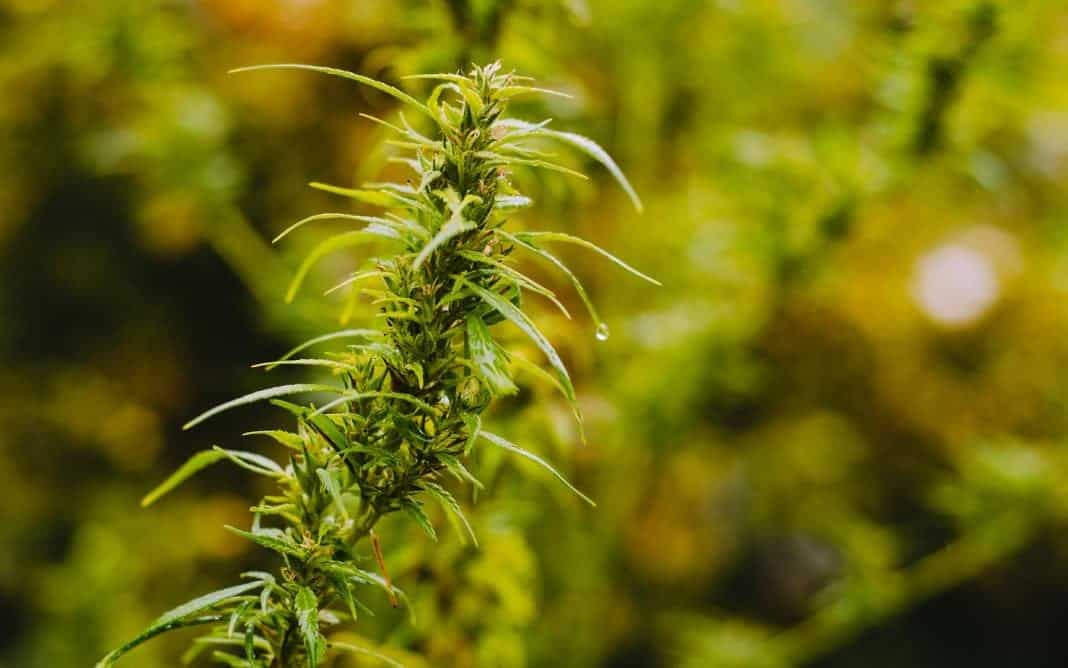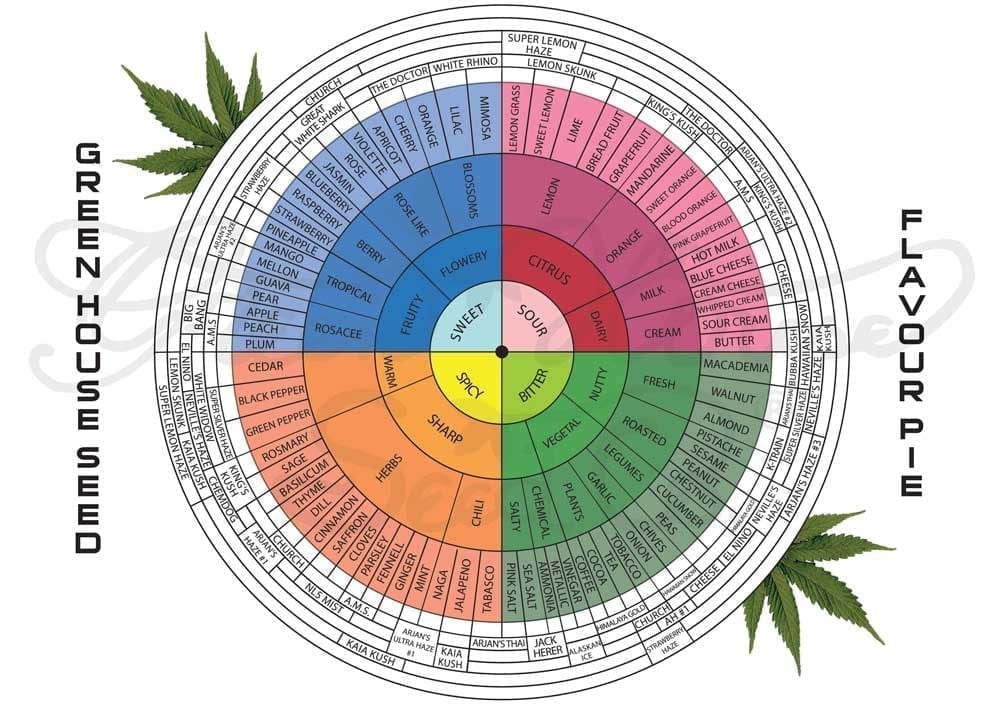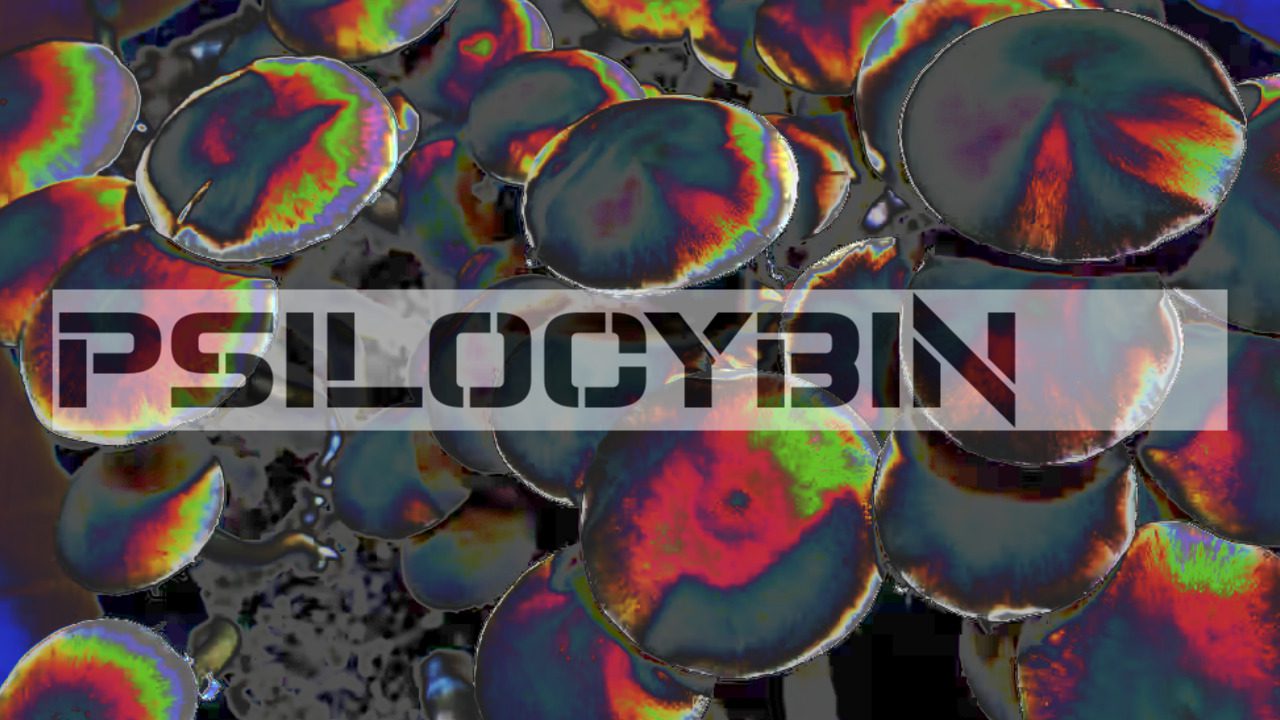Terpenes


Terpenes are the fragrant oils that give cannabis its aromatic diversity.
They’re what give Blueberry its signature berry smell, Sour Diesel its funky fuel flavor, and Lavender its sweet floral aroma. These oils are secreted in the flower’s sticky resin glands, the same ones that produce THC, CBD, and other cannabinoids.
Terpenes are by no means unique to cannabis; they can be found in many other herbs, fruits, and plants as well. When they’re included in a product such as a distillate, from non-cannabis sources, they are identified as “botanical extracts,” sometimes abbreviated BTE for “botanically derived terpenes.” To differentiate from these, terpenes derived from the cannabis plant itself are called CDT for “cannabis-derived terpenes.” Terpenes may even be a feature in extracts such as HTE (High Terpene Extract).
What is the use of terpenes?
Terpenes are useful to us as essential oils, with many uses in food and beverage, perfumes, industrial solvents, and medicine. Terpenes evolved in nature as a plant’s natural defense against predators (animals who would eat the plant, especially insect pests). Many terpenes double as an insect repellent, in fact. In cannabis consumption, terpenes are part of the entourage effect, producing enhancements to the psychoactive effects of THC. Several terpenes have been indicated as relief for anxiety, depression, inflammation, and other maladies. Others just enhance the flavor or aroma, and still others produce a more alert or relaxed high.
Are terpenes psychoactive?
They are part of a psychoactive process that top science research is only beginning to understand. By themselves, no identified terpene has a psychoactive effect. But some terpenes do bind to the cannabinoid receptors in the body, and several more help THC to be more fully absorbed. Additionally, terpenes have effects on the sensation of a THC high, enhancing or dampening it.
What do terpenes taste like?
They can taste like any flavor in the plant kingdom, depending on the terpene. The range of terpene flavors includes citrus, spices, fruit, and earthen tones, just like beer or wine (which also – surprise! – involve terpenes). Since terpenes are found throughout nature in plants of every description, terpenes are responsible for most of the odor and taste in everything from fresh fruit to flowers to trees.
Can terpenes be harmful?
In the quantities represented by enjoying a cannabis plant, no. Also not in the quantities you’d encounter in your average sample of wax, rosin, shatter, or another extract, and also not in the quantities you’d find in any vape cartridge. In concentrated quantities, however, some terpenes are flammable and very few of them can provoke allergic reactions or have adverse effects – but we’re talking about an industrial-size bottle of the pure terpene. Let’s put it this way: Everything in nature can kill you, even water, if you take too much of it.
Where do terpenes come from?
Most of the time, a cannabis product will include terpenes that come from the cannabis plant. However, in the case of vaping oil from a cartridge, sometimes botanical terpenes are used instead. The cartridge packaging should inform you if this is the case. “Botanical” terpenes are simply derived from other plants – for instance, myrcene can be produced by hops, bay leaves, and mangoes, in addition to cannabis. In terms of vaping products, cannabis terpenes are considered to have a better effect than terpenes derived from other sources, but your mileage may vary.
The primary difference that terpenes make is in the aroma and flavor. Botanical terpenes tend to have a harsher flavor, and if they are overused, they may make it feel like you’re smoking a flower or a pine tree. Cannabis-derived terpenes have an authentic marijuana taste and aroma.
For more information on individual cannabis terpenes, visit our terpene category.

